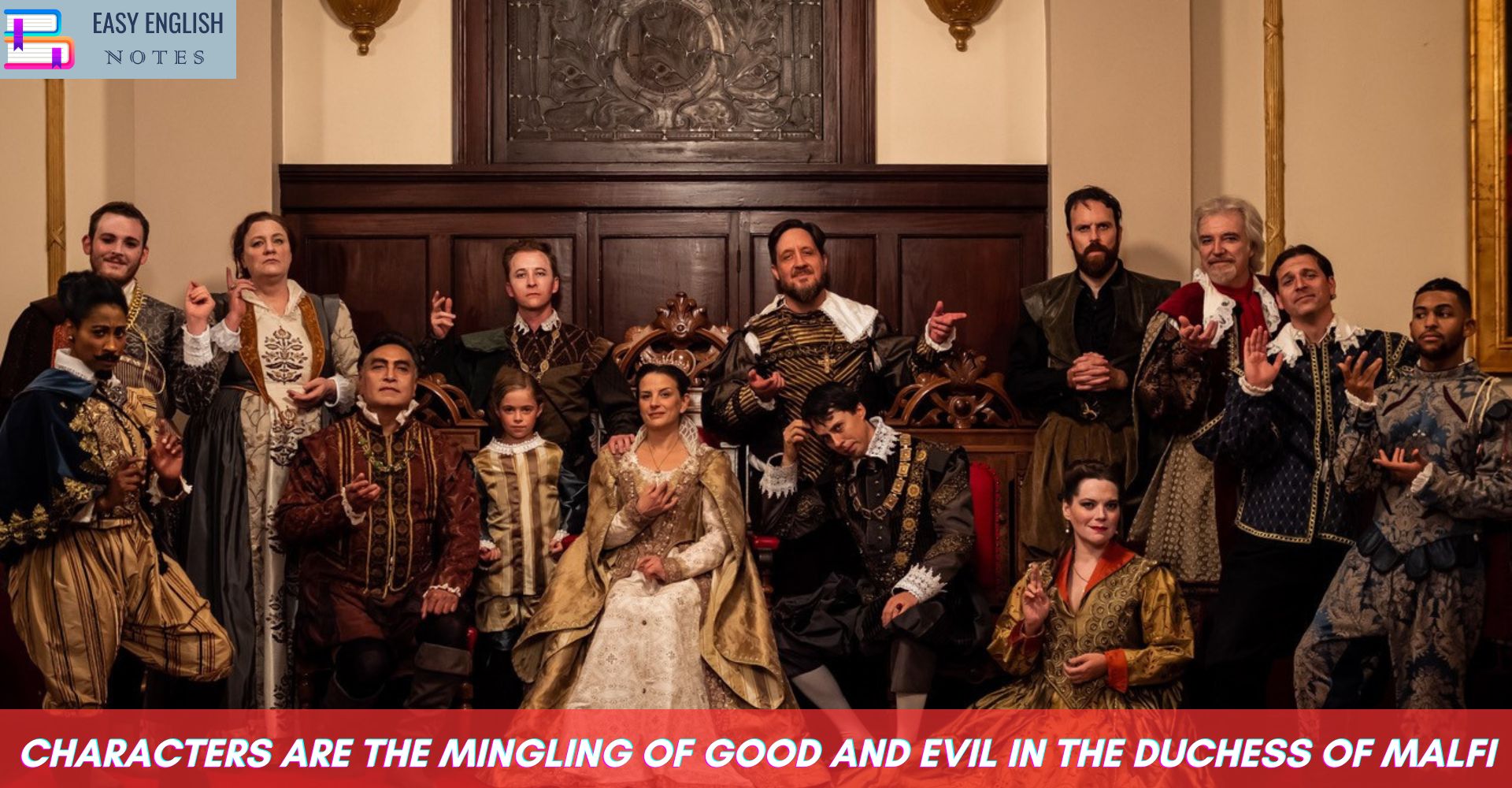Characters Are The Mingling of Good and Evil in The Duchess Of Malfi
Very little is known about the life of John Webster. He was the son of a London carriage maker, John Webster, who was a member of the Merchant Taylors’ Company before being made free in 1571. His father married on November 4, 1577, to Elizabeth Coates. It is assumed that John Webster was born soon after, but since the parish records were destroyed in the Great Fire of London in 1666, no accurate date exists. It is possible that John Webster attended the respected Merchant Taylors’ School, but there is no evidence to the same. There is a record of a John Webster entered at Middle Temple, one of the Inns of Court, in 1598, but it is not certain that he was John Webster, the playwright. It is, however, likely, considering Webster’s connections with Templars Sir Thomas Overbury, John Marston, and John Ford, as well as his knowledge of law as evidenced later by his plays. Yet whoever this Webster was, he was never called to the bar.
Chapman tends to make a sharp division between his good and evil dramatic personages, for he simplifies characters in the same way as he simplifies the action of his stories. “With Webster the leading figures are more complicated, because Machiavellian and Senecan qualities combine in the same person.” Bosola, for example, combines the two doctrines, holds the world himself included, in such stoical contempt that any activity, however degrading, is acceptable. The Duchess, although she is clearly not allied with Machiavellism, unless it be in the secrecy of her marriage, displays some the identifying virtue that makes her a great woman. “The resultant impression the personality traits of the Machiavel, notably a tendency to lose her hold on of good and evil confounded, especially at the end of The Duchess of Malfi, when the dying speeches of all the Machiavels are given a stoical cast, is on the whole foreign to Chapman. The villain-hero is Webster’s stock in trade, and his effect on the characterization and ethical structure of the tragedies is distinctive.”
Also Read :
- Compare Hamlet with Macbeth, Othello and other Tragedies
- A Short Note On The Use Of Imagery In Shakespeare’s Sonnets
- Prologue to Canterbury Tales – (Short Ques & Ans)
“The intermingling of good and evil in the central figures undeniably gives to Webster’s characters a complexity that suggests the profound studies of good and evil of Shakespearean tragedy, but Webster’s method of creating character, is not that of Shakespeare.” Websterian tragedy can be fully comprehended only when it is understood that development of character, in the sense that Shakespeare’s heroes change and grow, is not a central element. Webster studies not men as individuals with inherent differences, but mankind, children of Adam, strikingly alike, sharing innate characteristics. “Shakespearian tragedy is individual, with a suggested generality of application Websterian tragedy is broadly social, with individuals serving as normative examples of Webster’s conception of life. In this is like the tragedy of Chapman. And it is like Chapman’s further, in that it is not a record of spiritual growth through suffering, but of tenacious resistance to oppression.”
PLEASE HELP ME TO REACH 1000 SUBSCRIBER ON MY COOKING YT CHANNEL (CLICK HERE)











